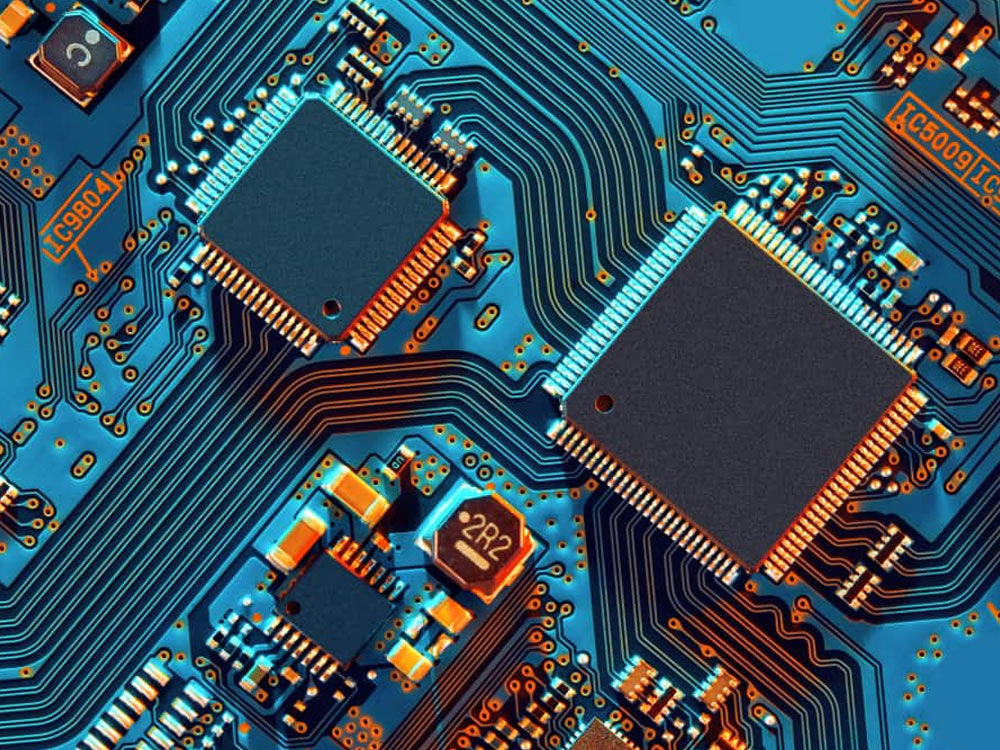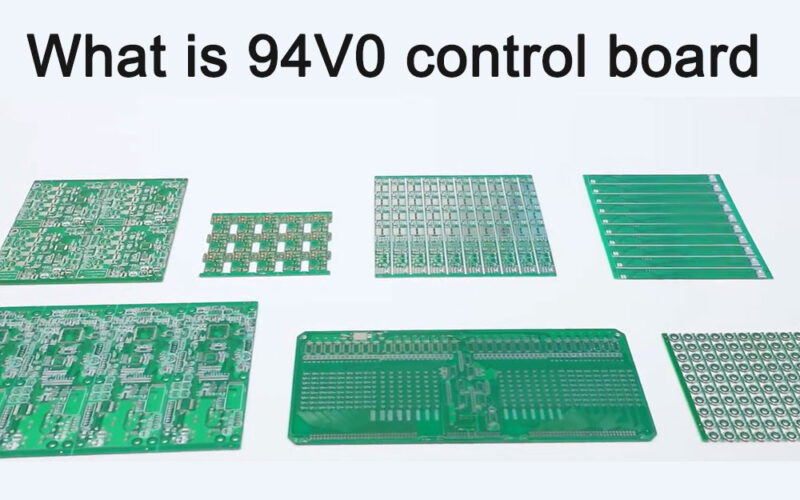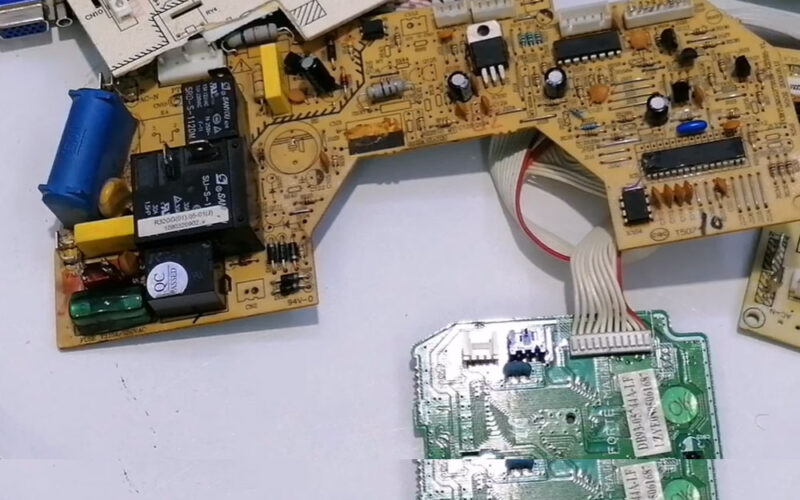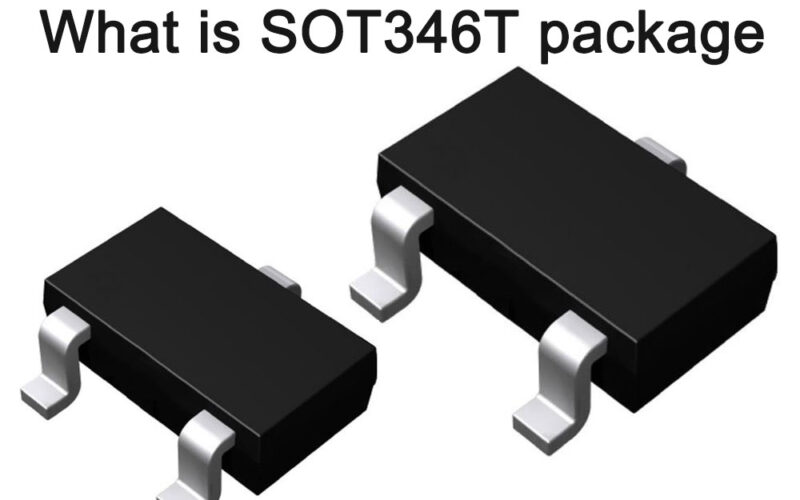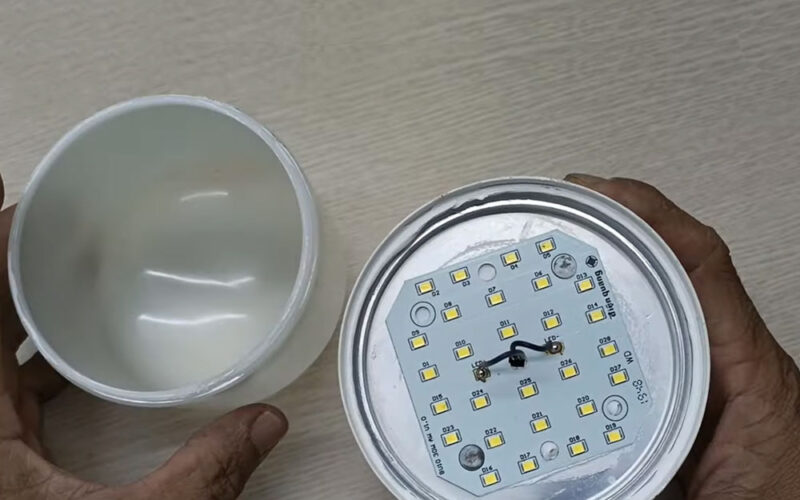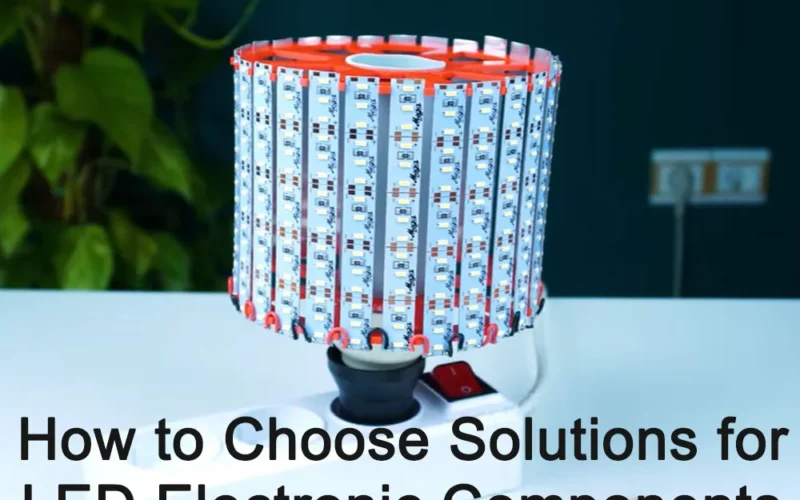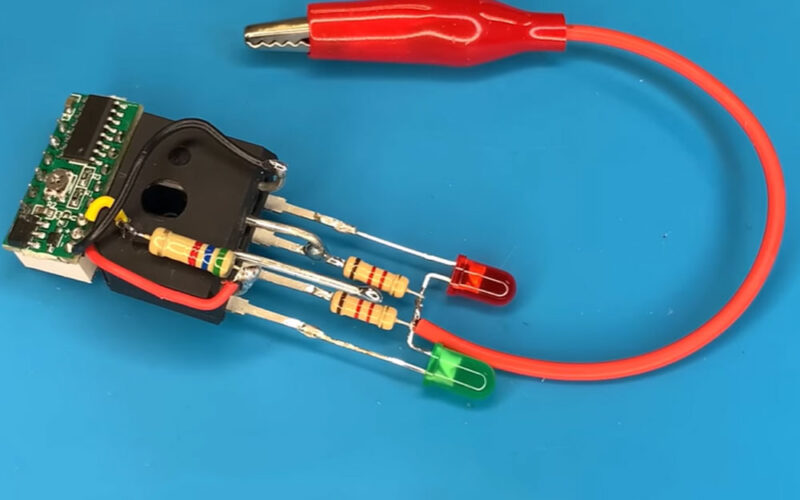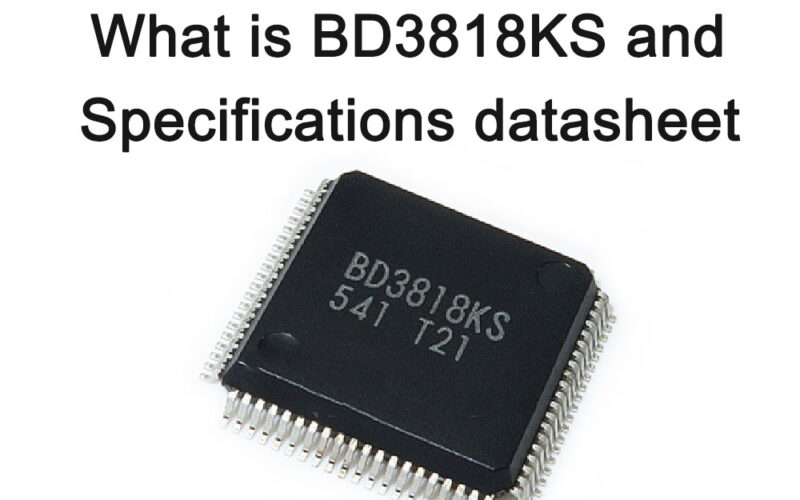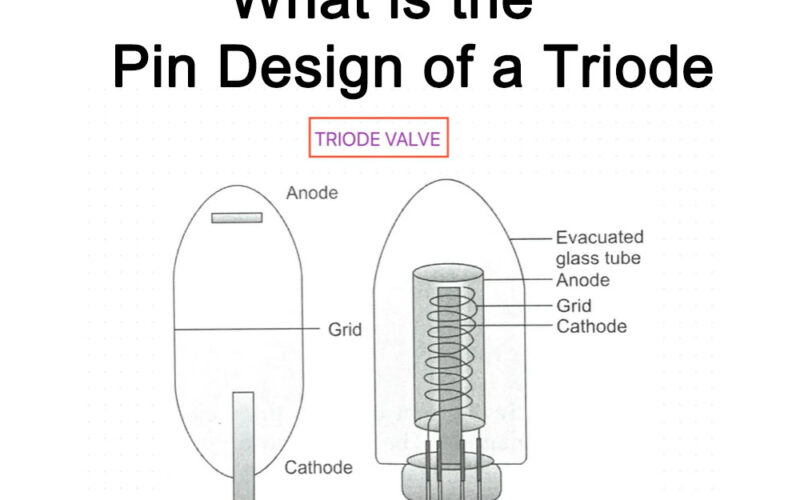
What is the difference between capacitor and inductor
Capacitors and inductors are both commonly used energy storage components in electronic circuits, but they have obvious differences in structure, principle, characteristics and applications.
structure
A capacitor consists of two conductive plates and a medium. When a voltage is applied between the two plates, charges will be distributed between the two plates, forming an electric field. An inductor is made of wire wound around it, and when the current through the wire changes, a magnetic field is created around the wire.

principle
The principle of capacitance is to store energy in an electric field. When a voltage is applied between the two plates, charges will be distributed between the two plates to form an electric field. The energy of the electric field is equal to the sum of the energy of the charge and the potential energy of the electric field. The principle of inductance is magnetic field energy storage. When the current through the wire changes, a magnetic field will be generated around the wire. The energy of the magnetic field is equal to the sum of the energy of the current and the potential energy of the magnetic field.

characteristic
The characteristic of capacitor is capacitive reactance, which is inversely proportional to frequency and directly proportional to capacity. The characteristic of an inductor is inductive reactance, which is proportional to frequency and proportional to the inductance.
application
Capacitors mainly play roles in filtering, coupling, oscillation, and delay in circuits. The inductor mainly plays the functions of filtering, oscillation, delay, and notch in the circuit.
Specific differences
| Inductor Vs. Capacitor | ||
| Features | Capacitor | Inductor |
| Structure | Consists of two conductive plates and dielectric | Made of wire |
| Principle | Electric field energy storage | Magnetic field energy storage |
| Characteristic | Capacitive reactance is inversely proportional to frequency and directly proportional to capacity | Inductive reactance is proportional to frequency and proportional to inductance |
| Application | Filtering, coupling, oscillation, delay | Filtering, oscillation, delay, notch |
All in all, capacitors and inductors are important energy storage components in electronic circuits. They have obvious differences in structure, principle, characteristics and applications.

Research and analysis on the difference between capacitance and inductance
There are significant differences between capacitors and inductors in many aspects. The following is a specific analysis:
form of stored energy
Capacitor is an energy storage component, which stores electrical energy. The inductor converts electrical energy into magnetic energy and stores it.
Response to current in a circuit
Capacitors respond quickly to current in a circuit, while inductors respond slowly to current in a circuit. This means that in an AC circuit, a capacitor will charge and discharge faster, while an inductor will delay the change in current.
Frequency response in the circuit
Capacitors respond well to high-frequency signals and poorly to low-frequency signals; while inductors respond well to low-frequency signals and poorly to high-frequency signals. This characteristic has important applications in filtering, resonance and other circuits.

Scope of use
Capacitors are mainly used to store electrical energy and adjust circuit characteristics, such as filtering, decoupling, tuning, etc.; while inductors are mainly used to limit current and adjust circuit characteristics, such as chokes, transformers, etc.
In general, capacitors and inductors are different in terms of energy storage form, current response, frequency response, and range of use. When using it, you need to select the appropriate capacitor or inductor according to the specific needs and circuit characteristics.
